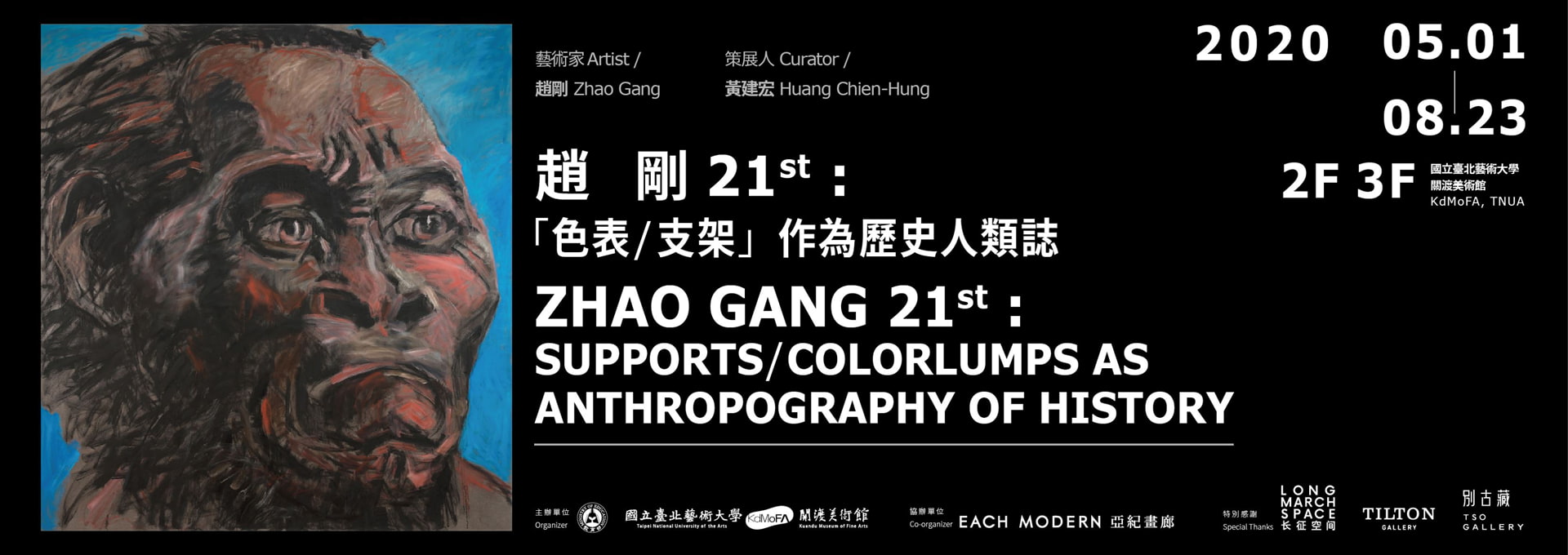Zhao Gang (b. 1961, Beijing) currently lives and works in New York, Beijing, and Taipei. His artistic career began as a member of the Stars Group in Beijing when he was 18 years old. Shortly thereafter he pursued an art education in Europe and New York; graduating from State Academy of Fine Art, Maastricht, the Netherlands; Vassar College, Poughkeepsie, USA; MFA, Bard College, Annandale-on-Hudson, USA. Zhao Gang lived for over two decades overseas, developing a complex body of work. After returning to Beijing in 2007, Zhao Gang has focused his practice on his personal past with Chinese history. His unique position as a native and a foreigner has influenced much of his recent artworks. His selected museum solo exhibitions include: 2019 History Painting, Perez Art Museum Miami, Miami, Florida, USA; The Road to Serfdom II, Museo de Arte Contemporáneo, Santiago, Chile; 2016 Paramour’s Garden, Suzhou Museum, Suzhou, China, 2015; The Road to Serfdom, Ullens Center for Contemporary Art, Beijing, China, 2015; Sick Man: Zhao Gang, Today Art Museum, Beijing, China, 2011. His selected group exhibitions include: The Door, P.S.1 Institute of the Arts/Blum Helman Gallery, New York, USA, Art and China after 1989: Theater of the World, Solomon R. Guggenheim Foundation, New York, USA, 2017; Marching in Circles, Long March Space, Beijing, China, 2017; Turning Point – 40 Years of Chinese Contemporary Art, Long Museum West Bund, Shanghai China, 2018. He participated in important biennial/triennial exhibitions such as Guangzhou Triennial, 2008; PERFORMA 07, New York; and Yokohama Triennial, 2005.
